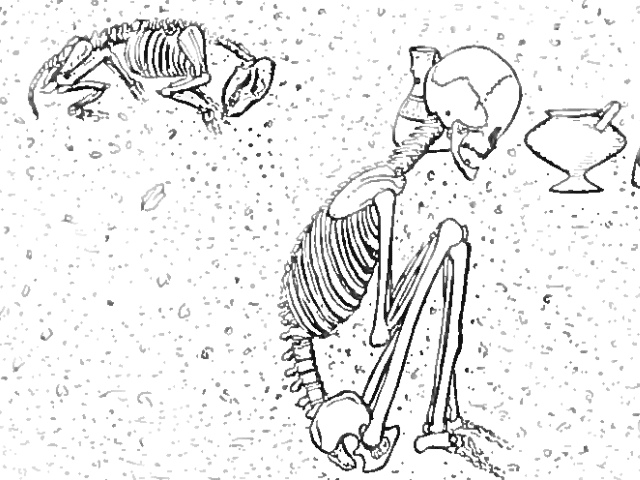<![CDATA[In the Hidalgo region of Mexico, is a small town named Sierra Gorda, in the municipality of Zimapan. It is there that archaeologists have recently discovered a rare mortuary bundle that contained a set of well-preserved bones. The researchers do not know the sex of the individual that the bones belonged to, but are astounded as to how well the bones have been preserved since they could be as old as 2000 years old. The bones belonged to a person that was buried in an interesting way. The person was placed in a crouched position and enclosed with layers of material which was a characteristic of the pre-Hispanic cultures that was practiced as far back as 100 AD until 1500 AD. Archaeologists are unsure of the exact age of the individual, and further studies will be done to determine it and hopefully find out more about the individual as well. The skeleton was actually discovered by locals, who called in the National Institute of Anthropology and History (INAH). The INAH then dispatched archaeologists Juan Manuel Toxtle Farfan and Ariana Aguilar Romero to investigate the scene. Toxtle Farfan notes that even though the person was wrapped in cloth, the person was not a mummy as its tissues such as skin and muscle weren't preserved, leaving only the bones. The bones were well preserved however, and were covered in a pigmented fabric and mat. The skull still has hair on the cranium section and some teeth can be glimpsed as well. The mortuary has not been fully opened, however, and only the upper half is seen. Everything in the upper half, including the cranium, tibias, clavicles, scapula and some ribs can be seen. For the archaeologists to be able to do further tests on the skeleton, they will have to wait until a restorer treats the fabric and mat in order to conserve them. But according to the archaeologists, everything should be intact. Toxtle Farfan states that although they can't do full tests as yet, they have determined some things about the individual from what can already be seen. He notes that tests on the denture and the tibia shows the person could be around 20 years old. The molars give the appearance of teeth that a person in his/her teens would have, and it is without any ruptures or cavities. Because only the upper half can be seen, the sex of the individual cannot be determined as the hip bones, which are mainly used to determine sex, are still under the bundle. This find is the first of its kind to this day, hence the Mexican archaeologists and anthropologists are excited about it. The skeleton was found in a rocky shelter, which coincides with Mesoamerican beliefs that caves and other rocky places of refuge served as entrances to the underworld. They also believed that the deities that ruled over the dead lived in these places, which is why their dead were buried in this way.]]>
Ancient Mexican Burial Found
